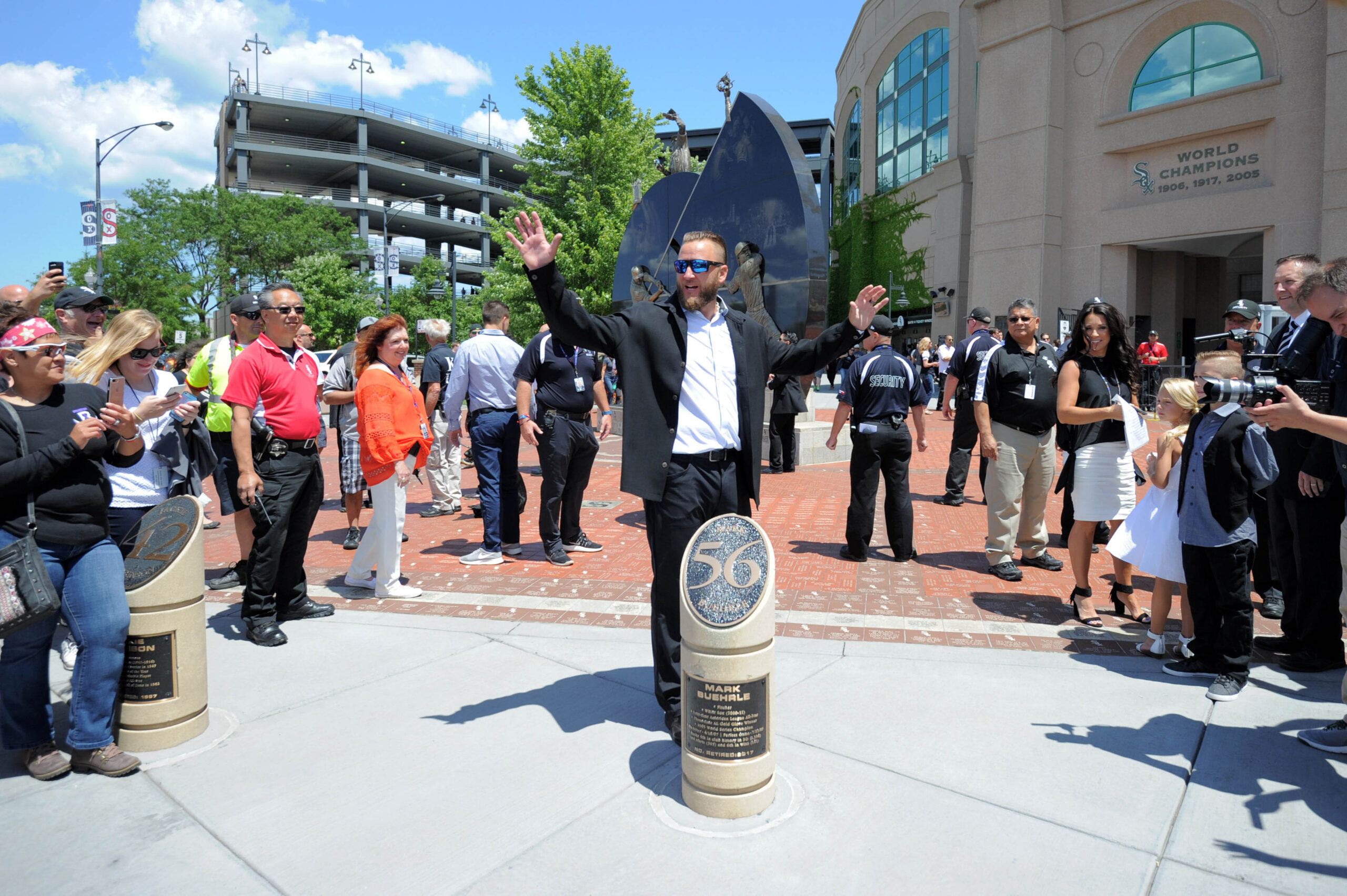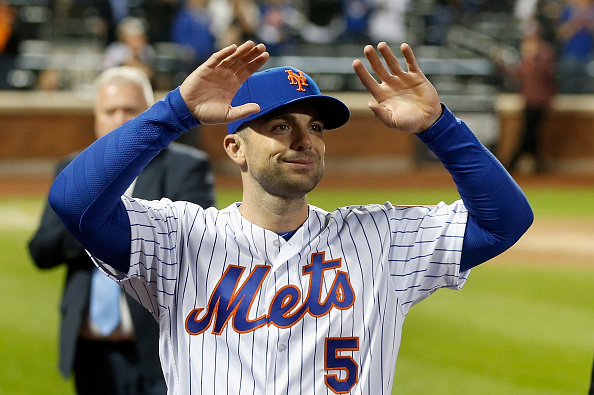The 2020 Hall of Fame class has been officially announced, sending Derek Jeter (97.7 percent) and Larry Walker (76.6 percent) to Cooperstown.
While Hall of Fame voters can now go 10 or so months without having to even think about the ballot of 2020, there’s no time like the present to start taking a look into some of the ballot’s newcomers and seeing what their case is moving forward.
The 2021 Baseball Hall of Fame ballot, according to Baseball-Reference, features 24 first-ballot eligible guys, headlined by guys like Barry Zito, Torii Hunter, and Tim Hudson –– but perhaps one of the better options, based on the case itself, lies in a certain southpaw who spent three quarters of his career in Chicago’s Southside. That man is Mark Buehrle.
When simply hearing the name “Buehrle,” I question whether or not “Hall of Fame” ever truly crosses the mind of a casual baseball fan. Oftentimes, you can look at a player and, based on name alone, tell someone if you think they deserve to be enshrined among the greatest baseball players to ever play the game. Buehrle doesn’t have that feel to him.
However, what is it about him that gives him an interesting case that could get him a lot of votes in a fairly top-heavy ballot?
The answer is quite simple: consistency.
Contrary to my normal approach using advanced analytics, the argument for Buehrle isn’t from any “hidden” numbers. His case is more about what you saw on the field, as he didn’t blow anybody away with gaudy numbers or a plethora of personal achievements (no Cy Young Awards, just four All-Star Games in 16 years).
Buehrle opened his career in 2000 as primarily a reliever. Over that season, he made 28 appearances, just three of those being starts, and tallied 51.1 innings. After that, from 2001 to 2015, Buehrle went on a run of 14 consecutive seasons in which he pitched north of 200 innings, and was just four outs short of extending that streak to 15 seasons to end his career.
Overall, Buehrle tallied 3,283.1 innings and posted a slash line of 3.81/4.11/4.21 –– but perhaps his most redeeming quality is the 59.2 wins above replacements he posted in his career, good for 3.7 rWAR per season (2.7 per 150 innings).
I know what you’re saying.
“He barely won over 200 games.”
“He didn’t even strike out 2,000 batters despite pitching over 3,200 innings.”
“There’s no chance he can get inducted with such mid-level counting stats.”
While each of those statements is taken deeply into consideration by the Baseball Writer’s Association of America, to completely write off Buehrle as a long-shot would be simply unfair. Why is that? You need to look no further than the 2020 Hall of Fame ballot to see somebody quite comparable to the White Sox fan-favorite: Andy Pettitte.
Much like Buehrle, Pettitte didn’t strike out a ton of guys (17.4 percent strikeout rate for his career). Yes, he did strike out roughly 600 more batters in 33 more innings, but he wasn’t known for having that skillset. Pettitte prided himself on durability, eating up innings, and being incredibly solid for 18 years, thus leading him to stay on the ballot at 11.3 percent of votes.
Let’s take a look at how Pettitte and Buehrle stack up with each other based on seasonal averages.
Andy Pettitte: 3.85 ERA, 3.74 FIP, 3.70 xFIP, 117 ERA+, 10.1 percent K-BB rate, 3.3 rWAR
Mark Buehrle: 3.81 ERA, 4.11 FIP, 4.21 xFIP, 117 ERA+, 8.3 percent K-BB rate, 3.7 rWAR
Buehrle is likely not going to make the Hall of Fame, but to write him off and disregard his case would simply be disrespectful if he is quite comparable to another guy who’s going to stick around for at least another season.
He might never get in, but Buehrle could –– and should –– stick around on the ballot for a few years.







